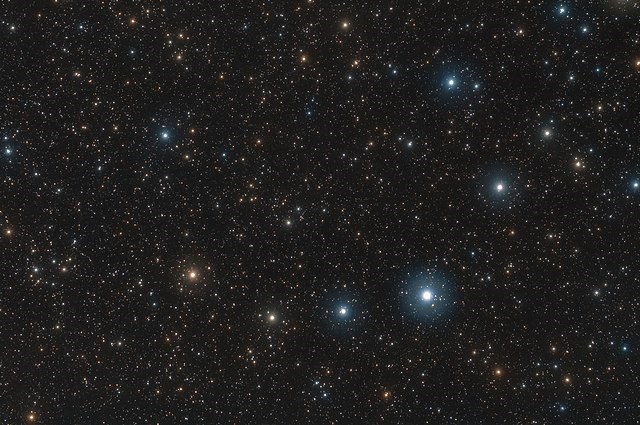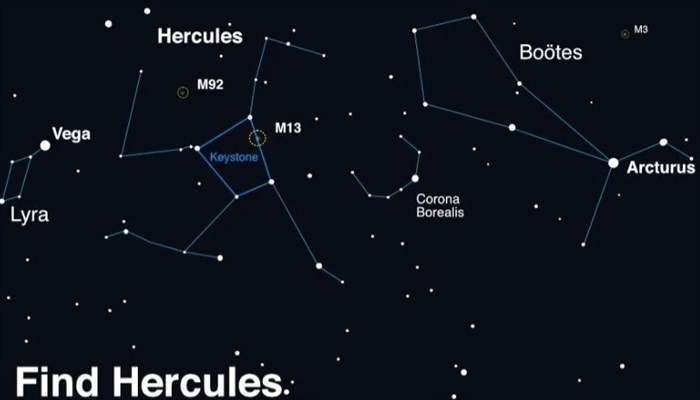
The Corona Borealis is the constellation where the dead star T Corona Borealis is found.
Image Credit: SUBMITTED/ Wikimedia Commons/ Alexander Kulirov
August 18, 2024 - 12:30 PM
Sky watchers in the Thompson-Okanagan could see a rare space phenomenon some time soon, a solar event that occurs roughly every 80 years.
Scientists are predicting a nova event, where a dead star called a white dwarf will ignite, casting materials into space which will be seen from Earth by the naked eye.
“There are a few recurrent novae with very short cycles, but typically, we don’t often see a repeated outburst in a human lifetime, and rarely one so relatively close to our own system,” said assistant research scientist for NASA Dr. Rebekah Hounsell in release by NASA issued June 6.
“It’s incredibly exciting to have this front-row seat.”
The phenomenon is a result of interaction between a swollen dying star called a red giant and a dead star called a white dwarf. The gravitational pull of the dwarf sucks the hydrogen from the red giant causing heat and pressure to build up on its surface.
Eventually, there is a thermonuclear explosion that blasts the material, or nova, away, and when the cloud of material clears, the small white star remains.

FILE PHOTO
Image Credit: SUBMITTED/ NASA
The pair is called T Coronae Borealis and is part of a small constellation in the northern hemisphere called Corona Borealis, roughly 3,000 light years from Earth.
The nova was last seen from Earth in 1946.
“Typically, nova events are so faint and far away that it’s hard to clearly identify where the erupting energy is concentrated,” said chief of Astroparticle Physics Laboratory for NASA Dr. Elizabeth Hays in the release.
READ MORE: iN PHOTOS: Hope's historic Othello Tunnels opening this month after three years of repair work
Astronomers around the world are already closely monitoring T Coronae Borealis.
“This one will be really close, with a lot of eyes on it, studying the various wavelengths and hopefully giving us data to start unlocking the structure and specific processes involved. We can’t wait to get the full picture of what’s going on.”
The event will be brief but will be visible for several days where the white dwarf will go from hidden to one of the brightest stars in the sky.
READ MORE: Kelowna airport offers more direct flights to Seattle
Researchers are predicting the nova will occur by September, so viewers can start looking up if they want to see the once-in-a lifetime outburst.
The blazing white dwarf will be found in the Northern Crown, a curve of stars west of the Hercules constellation.
To contact a reporter for this story, email Shannon Ainslie or call 250-819-6089 or email the editor. You can also submit photos, videos or news tips to the newsroom and be entered to win a monthly prize draw.
We welcome your comments and opinions on our stories but play nice. We won't censor or delete comments unless they contain off-topic statements or links, unnecessary vulgarity, false facts, spam or obviously fake profiles. If you have any concerns about what you see in comments, email the editor in the link above. SUBSCRIBE to our awesome newsletter here.
News from © iNFOnews, 2024